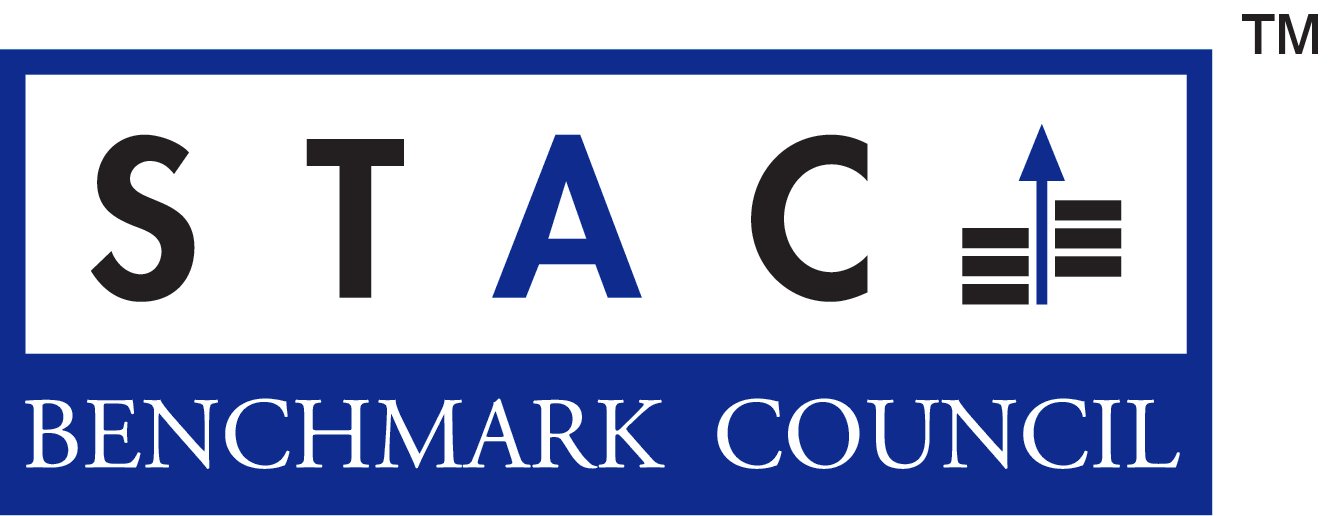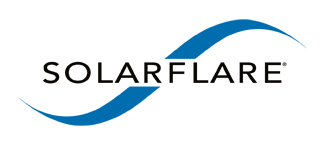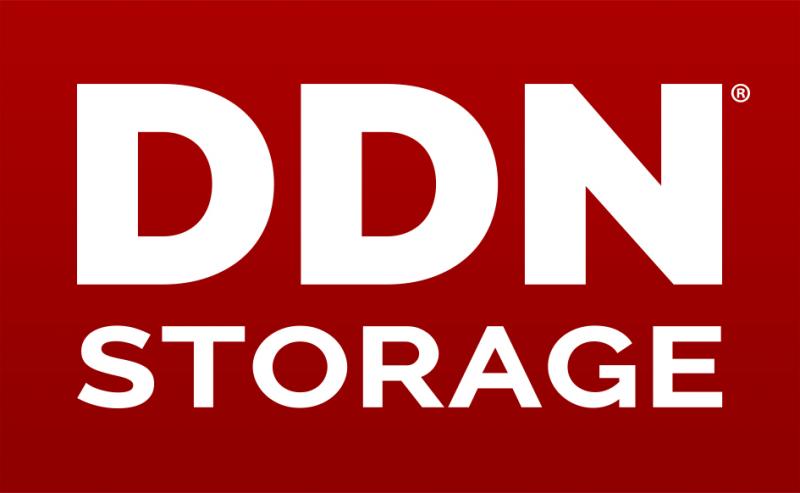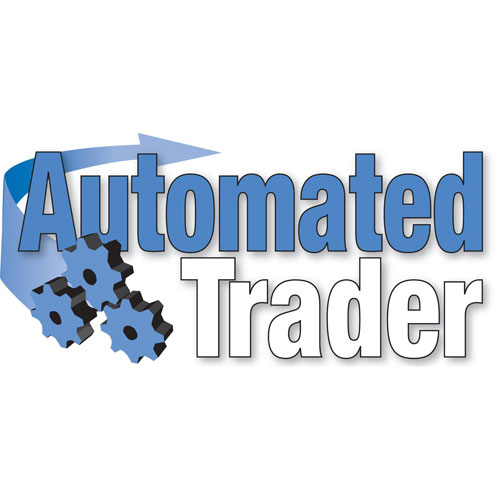STAC Summit, 3 November 2015, Chicago
WHEN
Tuesday, 3 November 2015
WHERE
Illinois Institute of Technology Auditorium
565 West Adams Street, Chicago
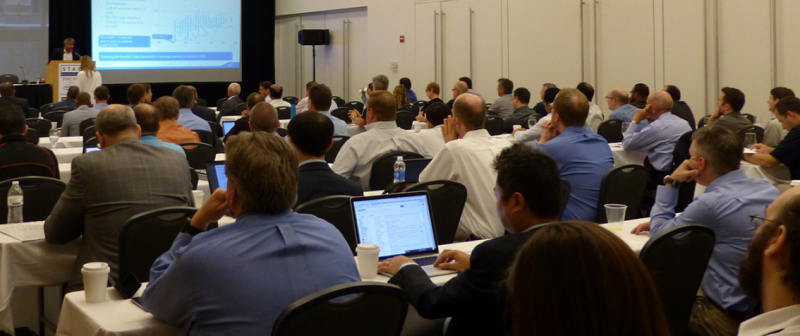
AGENDA
Click on the session titles to view the slides (may require member permissions).
 Big Compute
Big Compute
 Big Data
Big Data
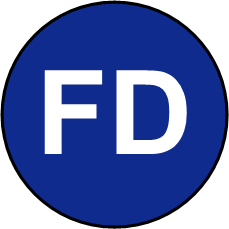 Fast Data
Fast Data
STAC Exchange

 |
|
|
Vendors with exhibit tables at the conference (click here for the exhibitor list). |
STAC Update: Tick analytics and backtesting |
|
|
Peter will present the latest developments related to enterprise tick analytics (STAC-M3) and strategy backtesting (STAC-A3). |
Innovation Roundup: Round 1 |
|
| "Competition drives innovation – Innovation drives value. STAC M3 at its best" Terry Keene, CEO, Integration Systems (a McObject Partner) |
|
| "TickSmith Hadoop-based Platform for the Brokerage Ecosystem" Marc-André Hétu, CTO, Ticksmith |
|
| "Cloud Resources to Run More Financial Models - Economically, Easily, and Right Now" Greg Ulepic, Sales Director, Avere Systems |
|
| "Optimizing Spark Performance on Cray Aries" Philip Filleul, Segment Director – Financial Services, Cray |
|
| "Levyx: Datastore Technology at Web-Scale" Matt Meinel, VP Markets Development, Levyx |
NVM Accelerated Cache – Solving IO Bottlenecks at Scale |
|
|
Modern finance creates data bottlenecks at every turn. Whether it’s a batch risk-management process that pits increasing volumes against fixed deadlines, or predictive machine-learning analytics that need fast response times in the face of a burgeoning number of requests, the speed of executing financial workflows is often gated on the speed with which the firm can get data into and out of applications. Over the past few years, many organizations modernized key systems, adopting high-performance architectures like parallel file systems or in-memory data grids. But business demands have continued to intensify, and underlying technologies have continued to advance. In Andre’s view, meeting today’s requirements calls for a new approach to data storage and retrieval. In this talk he will explain how current architectures aggravate I/O bottlenecks in data-intensive financial workflows, and he’ll argue that introducing a non-volatile memory (NVM) based accelerated cache solution can deliver orders of magnitude higher throughput for data-intensive workflows, thus enabling faster, more accurate analytics. |
Big data benchmark development |
|
|
Peter will describe progress toward additional "big data" benchmarks such as in I/O-intensive areas of risk management and stream processing for purposes such as trade monitoring. |
Business-Centric APIs: The Key to Leveraging Hybrid Architectures |
|
|
Data analytics systems such as Hadoop and Spark are mostly deployed on CPUs today. A few clusters use GPUs for specialized tasks, and even fewer use FPGAs. In Pat’s opinion, FPGAs are an under-utilized resource for many big data tasks. In this talk, he will present evidence from the domain of text analytics that FPGA can shift the big data cost-performance curve when used correctly. Pat also believes that under-use of both GPUs and FPGAs has an obvious cause: the difficulty and expense of programming for heterogeneous environments. He believes this needn’t be the case, but he’ll argue that rather than using low-level abstractions like OpenCL, the future in data analytics lies in higher-level APIs that provide business-oriented functions via idioms that are familiar to big data developers. |
Deep Learning |
|
|
Deep Learning is a branch of machine learning that uses many-layered neural networks to figure out aspects of modeling that are left to humans in other types of machine learning. Deep Learning has demonstrated its power in areas such as vision (think Google image search) and speech recognition (think Siri). Some financial firms are beginning to apply these techniques to market data and other information important for trading and investing. After a brief introduction by Peter Lankford on use cases in finance, we will dip our toes into the Deep Learning waters with two talks. |
|
|
Deep Learning: Overview and approaches As the leader of the organization that supports the open source DL4J project, Chris will explain how deep learning differs from the other kinds of machine learning, the types of deep learning getting the most uptake today, and what each tends to be good for. He will then discuss alternative technical architectures for deep learning and their tradeoffs, scale challenges, and most promising directions. |
|
|
Deep Neural Networks for Market Prediction on Xeon Phi Like many Deep Learning architectures, deep neural networks (DNNs) are extremely compute intensive to train (that is, to develop models from raw data). Matthew will describe a DNN model for predicting price movements from time series data, then explain techniques that enable this model to exploit the parallel computing capacity of the Intel Xeon Phi processor in conjunction with multi-core CPUs. |
Pumping Python Performance  |
|
|
Financial firms make heavy use of Python, including for many analytic tasks such as development of trading algorithms. But once a quant has prototyped an algorithm in Python, the firm hands that code over to engineers who re-write the algorithms in C/C++ for production use. At a time when time-to-market of new algorithms is a crucial competitive factor, the time-consuming nature of this two-stage development cycle hurts the top line, while the increased development expense hits the bottom line. This issue (in finance and many other industries) is leading to innovative approaches that boost the performance of more functionality in Python, allowing firms to re-write less code. In this talk, Sergey will discuss traditional performance limitations in Python and the pros and cons of the latest industry efforts to get around them. |
STAC Update: Compute benchmarks |
|
|
Peter will review the latest benchmark results from STAC-A2 (option Greeks), as well as enhancements to the benchmark suite. |
Point of view: A vision for programming heterogeneous environments |
|
|
Today it is clear that heterogeneous computing (combining CPUs, GPUs, FPGAs, or other co-processors) has a great deal to contribute to some problems in financial markets. But programming to take advantage of heterogeneous environments in a single application remains a challenge. In this talk, Mike will review various approaches to heterogeneous programming in C++ and will provide a point of view on what is most promising, as well as a vision for the future. Using options calculations in STAC-A2, Mike will provide an example of this approach today and the benefits that it can bring. |
Julia: What's the buzz about? |
|
|
The Julia programming language has rapidly gained interest in the computational finance community. And why wouldn't it? Its MIT creators say they sought to provide an open source language with the best features of Matlab, R, Hadoop, and shell scripts, with the performance of C. "We want to write A*B and launch a thousand computations on a thousand machines, calculating a vast matrix product together," they said. Those are no small ambitions. What are the realities? How does Julia work, and what are its current strengths and limitations? How does it really perform? Who are the main players in the ecosystem, and what is the roadmap? As a user and contributor to Julia, Arch will provide a brief overview of Julia and touch on each of these questions. |
Innovation Roundup: Round 2 |
|
| "Capture everything with FPGA apps" Dave Snowdon, Founder, co-CTO, Metamako |
|
| "High Speed Networking in the 25/50/100Gb/s Ethernet Era" Asaf Wachtel, Sr. Director, Business Development, Mellanox Technologies |
|
| "Network Visibility, Timestamping & Time Synchronization with Exablaze Low Latency NICs and Switches" Matthew Chapman, CTO, Exablaze |
STAC Update: Network I/O |
|
|
Peter will explain the latest developments related to the STAC Network I/O Special Interest Group. |
|
|
Panel discussion: FPGA for trading today |
Click next to each panelists name to view the slides from their presentations.
FPGA solutions for trading continue to march forward, but the vendor landscape has been changing. We'll sit down with a few enterprising vendors to discuss the state of the art. How capable are the underlying technologies today, and what can we expect to result from the titanic shifts going on in the industry? What solutions are possible today that weren't a year or two ago, and what will be possible in the next one or two years? What is different about demand from trading firms today? Are firms taking full advantage of the opportunities? |
PLATINUM SPONSOR
GOLD SPONSORS
MEDIA PARTNER
About STAC Events & Meetings
STAC events bring together CTOs and other industry leaders responsible for solution architecture, infrastructure engineering, application development, machine learning/deep learning engineering, data engineering, and operational intelligence to discuss important technical challenges in financial services.
 |
 |
 |
|---|---|---|

